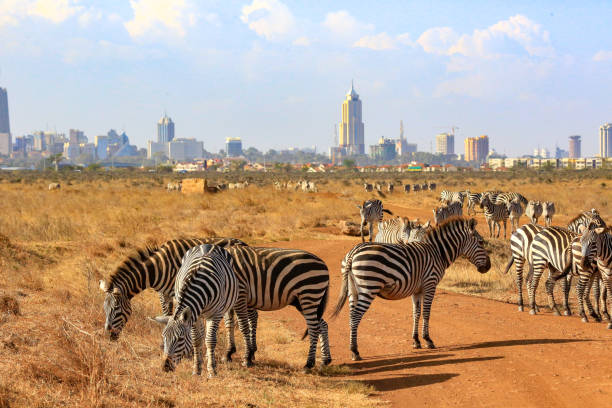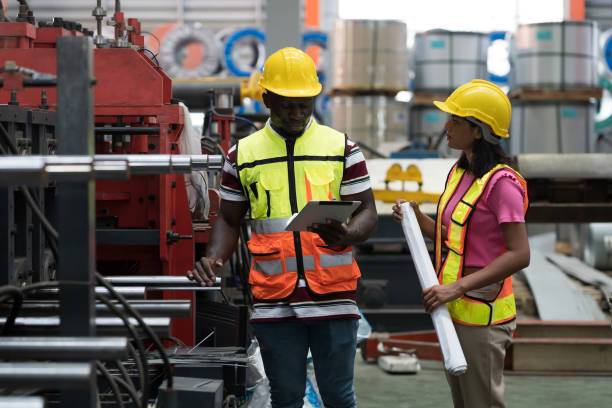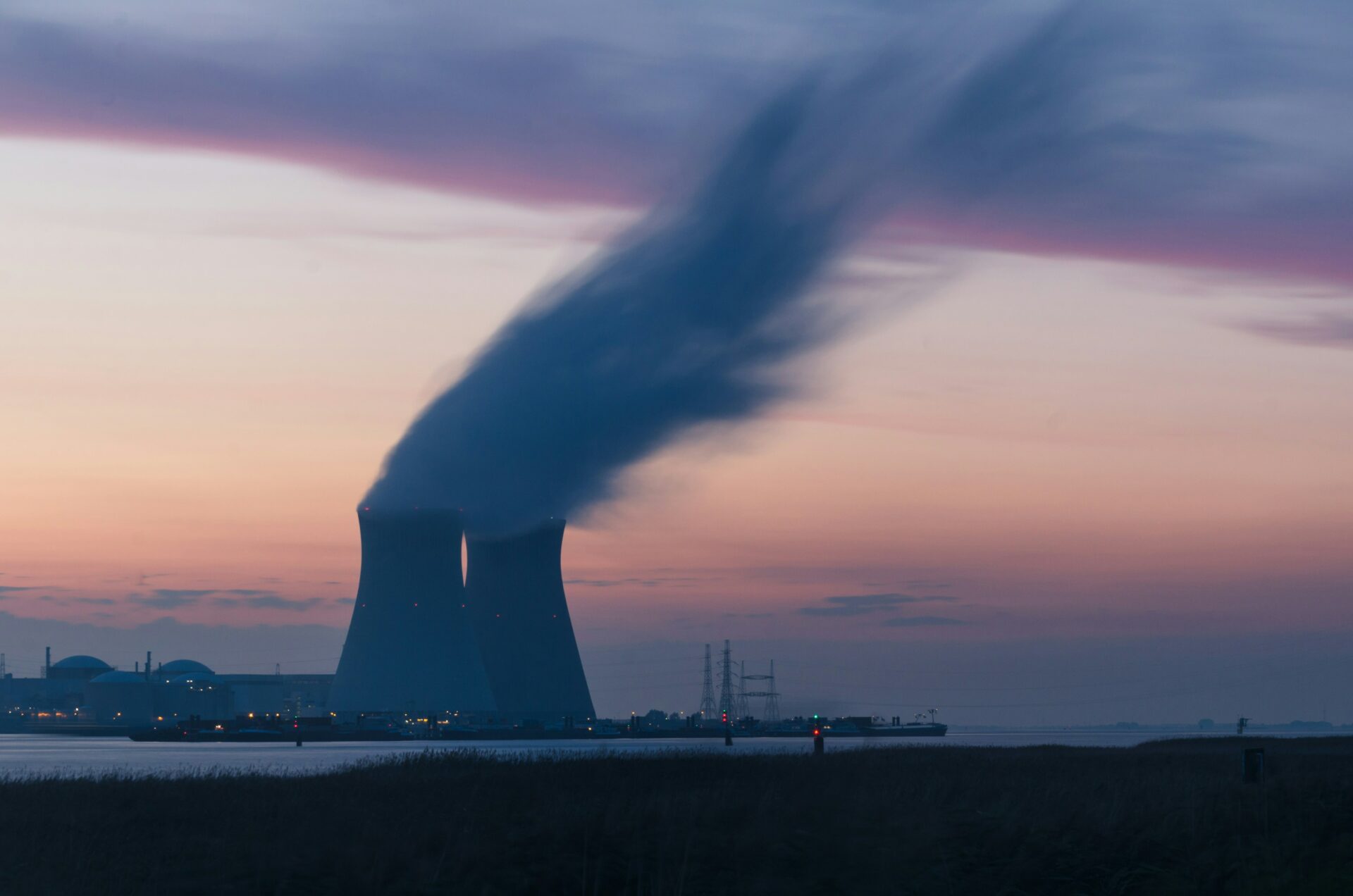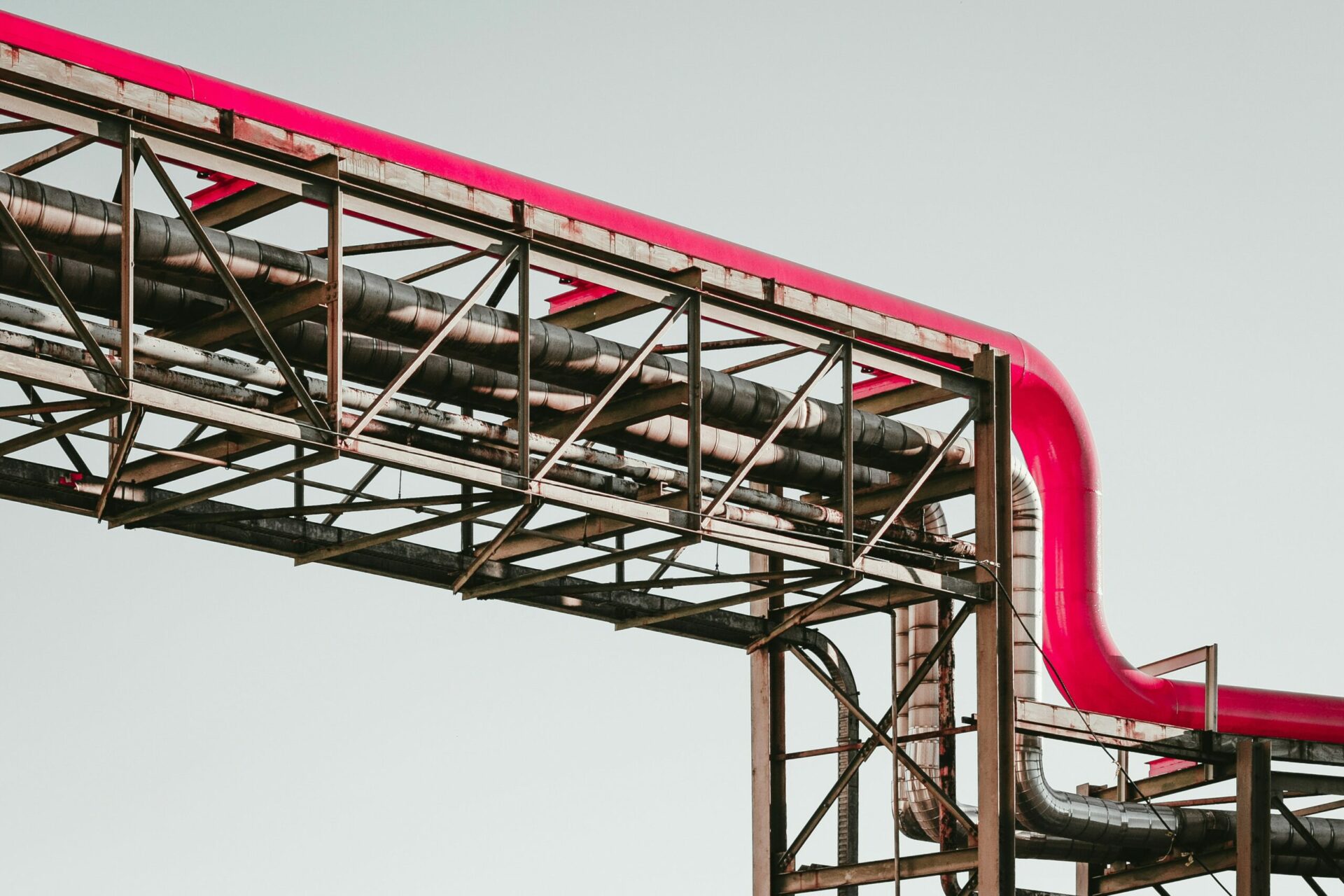
Nuclear power generation: African landscape
Africa, now the second most populated continent with approximately 1.5 billion inhabitants, is expected to grow to 4 billion by 2100. The continent has captured the attention of economists worldwide due to its remarkable demographic growth, expanding middle class, economic development, and urbanisation. These changes must be supported by a robust energy grid, which currently struggles to keep pace. However, some countries on the continent have recognised the critical role of nuclear energy in achieving energy grid robustness. Being low-carbon and more constant and reliable than renewables, it provides a fairly affordable energy source, especially considering the recent surge in fossil fuel prices. This can translate into more affordable manufacturing processes and final consumer goods. For commodity goods production, it often results in more stabilised prices and/or higher profit margins, which in turn can be reinvested to drive growth.
Africa’s energy demands are expected to triple by 2040 as a rapidly growing population and an even faster expanding middle class create an unprecedented need to increase local manufacturing capabilities for essential and general consumer goods to meet local demand and enhance high-value exports. The African countries that have started nuclear-related plans to increase grid robustness are few but are, unsurprisingly, the ones driving economic growth on the continent.

–Nigeria, possessing the biggest economy and population on the continent, has set a target to achieve 4,800 MW of nuclear energy production to fuel its development. The country’s main economic driver, oil and gas is highly dependent on the general geopolitical landscape. The ability to extract and manufacture products would particularly benefit from a reliable and diversified energy grid, making the country less fragile to oil shocks and potentially decreasing costs, allowing for better processing of primary resources. Agriculture, representing no less than a quarter of the country’s GDP, involves the transformation of primary agricultural products, which is essential to meet the needs of Nigeria’s growing population. Some important agricultural transformation processes include the processing of millet, rice, sorghum, soy, sunflower, maize, and vegetable oils, which are in high demand across the continent and have experienced particularly steep inflation. Enhancing the reliability of the energy supply could have a general beneficial effect on industries essential to the country.
–South Africa’s economy has been stagnant for some years, and the country is experiencing severe power grid issues that have caused extensive blackouts and power cuts in recent years. The country undoubtedly needs to increase its grid reliability for general electricity and heat consumption but also to rebuild its once-thriving economy. The country’s biggest economic drivers remain mining and manufacturing, which benefit greatly from consistent, high-grade energy and heat generation, which could be provided by nuclear energy. South Africa also possesses the only nuclear power plant on the continent and therefore has certain infrastructure and supply chain capabilities ready to support the re-nuclearisation of the country. The country is considering adding around 2,500 MW from nuclear energy sources to replace its ageing coal fleet and address its current electricity shortages.
-Egypt has begun building a four-unit nuclear power plant constructed by the Russian company Rosatom, expected to have a combined capacity of 4,800 MW. The plant should be connected to the grid by 2035. Through this project, Egypt aims to consolidate and diversify its energy grid and position itself as a regional energy leader, intending to export any net surplus to neighbours.
-Kenya, the East African country, has become the tech and start-up hub of the continent, earning the nickname “Silicon Savannah.” The country has maintained an aggressive average growth rate of 5.9% between 2010 and 2018, with estimates around 5% in 2023. The country’s economy relies heavily on the agricultural sector, with a series of high-yield crops for export such as tea, coffee, flower cuts, and horticulture accounting for approximately 26% of the GDP directly or indirectly. Manufacturing is a significant sector (10% of GDP) bound to grow, especially in relation to the agroalimentary sector and the transformation of primary goods from agriculture. Nairobi, the country’s capital, is a regional hub for international companies, institutions, and startups alike, creating vast IT, Internet, and electricity reliability needs around the clock. The country’s post-COVID inflation rate has also been particularly straining for the economy and its population, increasing the need for more affordable and local production. The country aims to start its nuclear journey with a target of 1,000 MW which it plans to provide through a series of SMR’s, more adapted to the country’s grid. Although there isn’t a definitive kick-starter plan, the country’s nuclear agency, “NUPEA,” has been very active in making this possible in a relatively short timeframe (2034-2038), notably by producing a roadmap of the country’s nuclear planning.
–Ghana, the fastest-growing economy in West Africa, is believed to be the fastest-growing country in the world in 2024. The country’s main economic drivers are, like most African economies, agriculture, which accounts for approximately 20% of the country’s GDP, and mining, especially gold mining, from which Ghana’s “Gold Coast” gets its nickname, and oil production, which has been one of the main economic boosters since the discovery of the Jubilee field in 2007. Industrial activities are also significant, with approximately 10% of its GDP derived from agricultural and textile value addition. A booming real estate sector has created great demand for the power-hungry cement industry. The creation of a nuclear power construction facility would be particularly appealing to further increase the share of industry and enhance the value addition of these specific products. Ghana is particularly active in energy initiatives throughout the continent; it is part of the West African Power Pool initiative and will host the main annual gathering of the African nuclear industry, the African Nuclear Business Platform (AFNBP), in May of this year. The country aims to produce 1,000 MW of nuclear energy in the relatively short term and has produced a roadmap towards that goal in addition, the country has now recently announced that it will settle on a nuclear power plant venor by the end of the year .

Challenges
What are the challenges faced from the implementation of nuclear energy in such countries? Africa’s current energy requirements stand at a whopping 207,000 MW and are expected to grow proportionally to its population, middle-class growth, and development (more than double by 2040). It is essential to, never better said, “Power” that growth and fulfil the increase in power needs (estimated to be of an additional 300,000 MW). Nuclear appears to be one of the best alternatives, but what keeps it away from fully developing? The main reason, and it is no different from any other nation wanting to develop nuclear capabilities, is the high capital costs of nuclear projects, with huge upfront costs it is not easy for developing countries to allocate such funds towards one single project (Egypt’s contract with Rosatom is worth USD 30 billion). The second reason is the technical expertise, with little nuclear-related supply chain links on the continent a vast investment needs to either be made in the supply chain or to outsource expertise to nuclearized nations, which can be a significant investment. Not as constraining, the continent’s newly found interest in atomic energy needs a political will to output robust regulatory frameworks until now inexistent, this indeed delays the process of implementation of a nuclear fleet. However, African countries like South Africa, Egypt, Ghana, and Nigeria are actively working to overcome these barriers. They are collaborating with international agencies such as the International Atomic Energy Agency (IAEA) and partnering with countries that have advanced nuclear technology to build local capacities, improve regulatory frameworks, and foster public acceptance. Moreover, the advent of Small Modular Reactors (SMRs) might address some of the financial and infrastructural challenges due to their lower costs, scalability, and simpler technology compared to traditional large reactors.
The promise of SMRs
SMR technologies have been in the pipeline for civil applications since the 1980s; however, due to the drop in oil prices and little concern for carbon emissions, most of the projects were abandoned. However, more recently, the world has seen the appearance of many SMR startups ready to take on the challenge once and for all. With different use cases and applications, the panel of SMR Technologies getting ready to be deployed could solve several problems related to the deployment of traditional nuclear power plants. Starting with the upfront cost and risk of financing, the smaller size of reactors allows for easier fund gathering and implementation processes, their deployment period being shorter means quicker returns for shaky investors. The size, again, allows for more remote deployments, which is essential for Africa to power remote and less developed regions. With an economy based on natural resources, the power needed to extract them could be closer to the sources, particularly attractive for mining, oil, forestry, and agriculture. The safe character of SMRs allows for a cut down in infrastructure cost, for example, less need for a complex network of power lines by getting the source of power closer to population hotspots. An issue related to SMR’s are their relatively low power generation capabilities which created the need to a numerous fleet, according to our research the average SMR capacity should be of around 163MW, if the 5 countries mentioned this would represent approximately 88 SMRs. The ideal would therefore be a combination of both traditional nuclear power plants completed by an extensive SMR fleet deployed for specific use cases such as large production facilities or remote population hotspots.
Concluding statements
As the second most populated continent, with a projected population of 4 billion by 2100, Africa is at a critical juncture in its development. The continent faces a dire need for robust energy solutions to support its growing population and expanding economy. Recognizing the potential of nuclear energy, countries like Nigeria, South Africa, Egypt, Kenya, and Ghana are exploring it to enhance their energy grids. Nuclear power offers a reliable, low-carbon alternative that is especially vital given the recent surge in fossil fuel prices. It promises more stable manufacturing costs and could boost local industries from agriculture to mining.
However, transitioning to nuclear energy involves overcoming significant challenges, including high capital costs, the need for technical expertise, and the establishment of strong regulatory frameworks. Collaborative efforts with international bodies and the adoption of Small Modular Reactors (SMRs) could provide flexible and financially viable solutions. By investing in nuclear energy, Africa can secure a sustainable energy future, driving economic growth and development across the continent.



